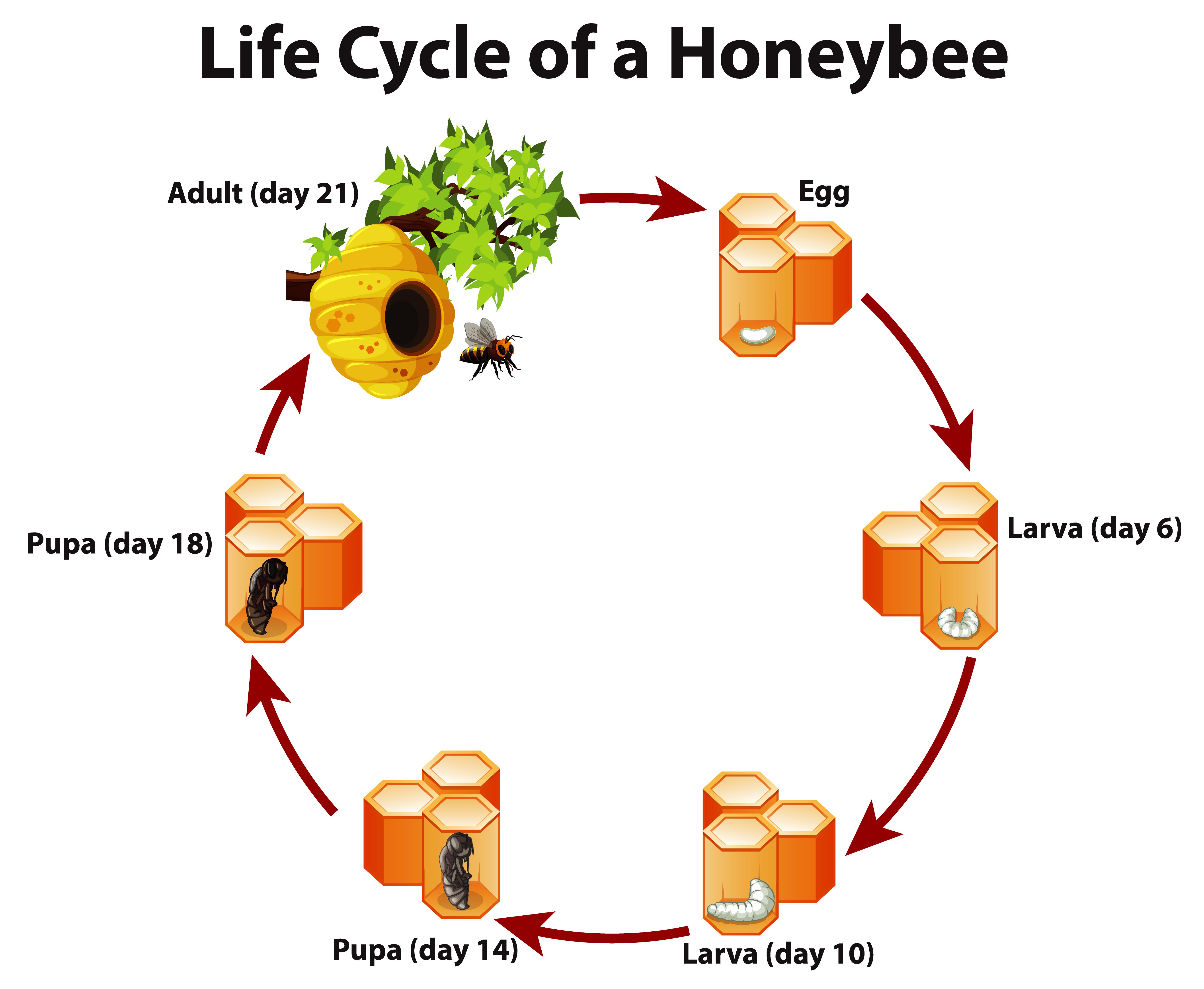Gain Knowledge About Honey Bees & Effective Tips to Keep Ants Out of the Beehive

Introduction:
Beekeeping has evolved from traditional wooden boxes to technologically advanced systems that offer real-time data. The decline in the honey bee population due to climate change, pesticides, and invasive species has made sustainable beekeeping more crucial than ever. One of the most promising innovations in this field is the IoT Beehive Monitoring System.
This blog explores an exclusive role of IoT in saving beekeeping, shares how to gain exclusive knowledge about honey bees, and offers effective tips to keep ants out of the beehive. Whether you're a seasoned apiarist or a curious beginner, this guide is designed to help you adopt modern beekeeping methods for a healthier hive and a sustainable future.
1. The Exclusive Role of IoT in Saving Beekeeping
What is an IoT Beehive Monitoring System?
The Internet of Things (IoT) has empowered beekeepers by enabling remote monitoring of hive health and environmental conditions. Smart sensors installed inside the hive measure temperature, humidity, sound frequency, and even hive weight. These sensors send real-time updates to your smartphone or computer, allowing quick actions if abnormalities arise.
How IoT Is Transforming Beekeeping:
-
Monitoring Hive Temperature and Humidity: Bees thrive within specific environmental ranges. IoT sensors alert beekeepers if conditions deviate, preventing colony collapse.
-
Tracking Hive Weight: A drop in weight can signal swarming, absconding, or a decline in nectar availability.
-
Sound Pattern Analysis: IoT systems analyze buzzing patterns, alerting keepers to queenlessness or stress.
-
Intrusion Detection: Smart cameras and motion sensors can detect predators or unauthorized access to hives.
IoT not only helps in reducing manual inspections but also ensures that interventions are timely, reducing bee stress and improving productivity. These innovations play an exclusive role in saving beekeeping by making it proactive, precise, and predictive.
2. Gain Exclusive Knowledge About Honey Bees
To become an efficient and compassionate beekeeper, it’s vital to understand the lifecycle and behavior of honey bees. Here's how you can gain exclusive knowledge about honey bees:
Understanding the Bee Colony:
-
Queen Bee: The sole egg-layer and central figure. A strong queen ensures a productive hive.
-
Worker Bees: Female bees that forage, clean, guard, and care for the brood.
-
Drone Bees: Males whose main role is to mate with the queen.
Key Concepts Every Beekeeper Must Know:
-
Swarming: When bees leave the hive to form a new colony. A natural but sometimes unwanted occurrence.
-
Brood Patterns: A healthy brood pattern is compact with few empty cells. Spotty patterns can indicate queen problems.
-
Pollen vs. Nectar: Bees collect both pollen for protein and nectar for carbohydrates.
Learning Resources:
-
IoT Platforms: Many IoT beekeeping tools come with dashboards offering data analysis and learning resources.
-
Online Courses: Platforms like Coursera, EdX, and YouTube offer beginner to advanced courses in apiculture.
-
Beekeeping Forums: Join communities like BeeSource or Reddit’s r/beekeeping for real-world advice.
By using smart technology in conjunction with foundational knowledge, beekeepers can make well-informed decisions and keep their hives flourishing.
3. Effective Tips to Keep Ants Out of the Beehive
Ants can be a nuisance and a threat to your beehive. They are attracted to the sweet smell of honey and can stress or displace a colony if left unchecked. Here are effective tips to keep ants out of the beehive:
Physical Barriers:
-
Hive Stands with Moats: Elevate your hive and place the legs in water or oil-filled containers. Ants can't cross the moat.
-
Sticky Barriers: Apply sticky tape or grease around the hive stand legs to trap crawling ants.
Natural Repellents:
-
Cinnamon: Sprinkle around the base of the hive. Ants dislike its strong scent.
-
Diatomaceous Earth: Harmless to bees but deadly to ants, spread it in a circle around the hive.
Hive Placement & Maintenance:
-
Keep the Area Clean: Regularly clear away fallen combs or spilled syrup.
-
Avoid Direct Contact with Trees or Structures: Hives touching other surfaces offer ants a bridge.
-
Use Essential Oils: A few drops of peppermint or tea tree oil can deter ants without harming bees.
Tech Solutions:
Some IoT-enabled beehives are now designed with integrated pest detection and alert systems, which notify beekeepers of unusual pest activity, allowing for timely intervention.
4. Why Modern Beekeepers Must Embrace Smart Technology
Traditional methods of beekeeping will always have their charm, but today's challenges—climate change, habitat loss, and pests demand smarter strategies. The IoT Beehive Monitoring System is one such strategy that enhances hive productivity while reducing labor and stress on bees.
Key Benefits:
-
Real-time alerts and monitoring
-
Data-driven hive management
-
Healthier, more productive colonies
-
Less intrusive inspections
By leveraging this technology and combining it with practical pest control and deep knowledge of bee behavior, you can become a more efficient and sustainable beekeeper.
Conclusion
Beekeeping is no longer just a rural pastime, it's a frontline effort in biodiversity conservation. With the exclusive role of IoT in saving beekeeping, modern tools now support better hive health, greater efficiency, and increased honey yields.
- Vibnix Blog
- Politics
- News
- Liberia News
- Entertainment
- Technology
- Éducation
- Art
- Causes
- Crafts
- Dance
- Drinks
- Film
- Fitness
- Food
- Jeux
- Gardening
- Health
- Domicile
- Literature
- Music
- Networking
- Autre
- Party
- Religion
- Shopping
- Sports
- Theater
- Wellness



